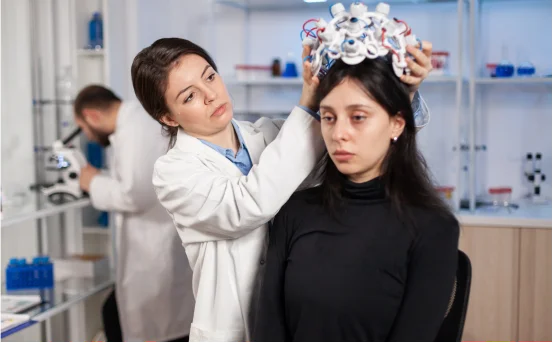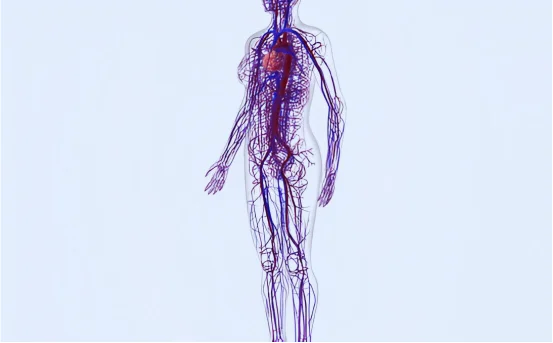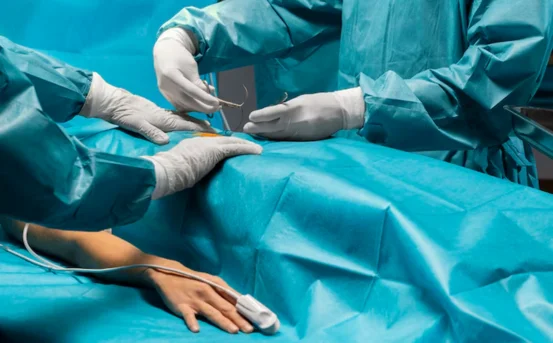Effective thalamotomy treatment is a neurosurgical procedure that has revolutionized the treatment of movement disorders such as Parkinson’s disease, essential tremor, and dystonia. As patients increasingly seek minimally invasive and targeted treatments, thalamotomy has gained attention as a safe, effective option.
Thalamotomy is a specialized neurosurgical procedure designed to offer long-term relief from tremors and other disabling symptoms by targeting a very specific area of the brain called the thalamus. By either surgically or non-invasively destroying a small portion of this structure, doctors can help patients regain control over their movements and dramatically improve their quality of life.
What is Thalamotomy?
Thalamotomy is a surgical procedure that involves destroying a specific part of the thalamus, a deep brain structure that plays a central role in transmitting motor signals and sensory information. The area most commonly targeted in thalamotomy is the ventral intermediate nucleus (VIM) of the thalamus, which is involved in the development of tremors.
By precisely targeting and destroying this small region, thalamotomy can significantly reduce or eliminate tremors without affecting other brain functions.
Conditions Treated with Effective Thalamotomy Treatment
Thalamotomy is primarily used to treat movement disorders that are resistant to medications. The most common conditions include :-
- Parkinson’s Disease :- In Parkinson’s patients, thalamotomy helps reduce resting tremors, which are one of the most debilitating symptoms.
- Essential Tremor :- Essential tremor, a neurological disorder causing rhythmic shaking (usually in the hands), responds particularly well to thalamotomy.
- Dystonia :- While less commonly used for dystonia, thalamotomy can help in cases where tremor is a significant component.
Types of Thalamotomy Procedures
Innovations in effective thalamotomy treatment techniques have provided more options for patients.
Thalamotomy can be performed using different techniques. The choice depends on the patient’s condition, medical history, and surgical risk profile.
Radiofrequency (RF) Thalamotomy
The advancements in effective thalamotomy treatment methods have made it safer and more effective.
This traditional technique uses a heated electrode inserted into the brain to ablate the target area in the thalamus.
Gamma Knife Thalamotomy
A non-invasive option using focused gamma radiation beams to destroy the targeted thalamic tissue without making an incision.
MR-Guided Focused Ultrasound (MRgFUS) Thalamotomy
Research continues to explore the benefits of effective thalamotomy treatment for various conditions.
One of the most advanced, incisionless methods, this technique uses focused ultrasound waves guided by MRI imaging to treat the thalamus precisely.
Who is a Candidate for Thalamotomy?
Thalamotomy is typically considered for patients who :-
Consulting with a specialist about effective thalamotomy treatment can provide patients with tailored options.
-
Suffer from debilitating tremors that do not respond to medications
-
Are not ideal candidates for deep brain stimulation (DBS)
-
Want a permanent solution without implanted devices
-
Prefer minimally invasive or non-invasive procedures
A comprehensive neurological and psychological evaluation is essential to determine suitability.
Benefits of Thalamotomy Treatment
Many patients have experienced life-changing results from effective thalamotomy treatment.
Patients and doctors consider thalamotomy because of its multiple advantages :-
- Significant Tremor Reduction :- In many patients, especially those with essential tremor, the procedure offers immediate and dramatic relief.
- Minimally Invasive or Non-Invasive Options :- Modern techniques like MRgFUS and Gamma Knife eliminate the need for incisions or physical penetration of the skull.
- No Device Implantation Required :- Unlike DBS, thalamotomy doesn’t require a pacemaker-like device in the chest, reducing post-operative complications and maintenance.
- Fast Recovery Time :- Many patients return home the same or next day, especially with MRgFUS.
- Cost-Effective :- Thalamotomy is typically less expensive than deep brain stimulation, making it more accessible for many patients.
How the Thalamotomy Procedure Works
Learning more about effective thalamotomy treatment helps patients understand what to expect.
Let’s break down what happens during a standard thalamotomy procedure, using MR-guided focused ultrasound as an example :-
Pre-operative Phase
-
Patients undergo MRI scans to map the brain and identify the exact location for treatment.
-
Neurologists and neurosurgeons collaborate to develop a detailed treatment plan.
During the Procedure
-
The patient is awake and lies inside an MRI scanner.
-
Ultrasound waves are directed at the target area of the thalamus.
-
Feedback from the patient helps doctors monitor for effectiveness and side effects in real time.
-
Once the precise area is located, energy is increased to ablate the tissue permanently.
Duration :- The procedure usually takes 2–4 hours.
Risks and Side Effects of Thalamotomy
Like all medical procedures, thalamotomy has potential risks. However, modern techniques have significantly minimized these.
Common Side Effects
-
Temporary numbness or tingling
-
Speech or balance difficulties
-
Mild headache or fatigue
Rare but Serious Complications
-
Weakness or paralysis (if surrounding brain tissue is damaged)
-
Cognitive issues
-
Infection (in surgical approaches like RF thalamotomy)
Careful patient selection and use of image-guided, non-invasive techniques help mitigate these risks.
Recovery and Aftercare
Effective thalamotomy treatment requires careful planning and post-procedure care for optimal results.
Recovery depends on the type of procedure used.
Post-Procedure Timeline :-
-
Hospital Stay :- Usually same-day discharge or one-night stay.
-
Return to Activities :- Most patients resume light activities within 2–3 days.
-
Follow-Up :- MRI scans and neurological assessments are scheduled to monitor progress.
-
Physical Therapy :- May be recommended if balance or coordination is affected.
Patients generally see immediate improvement in tremor, and results are often long-lasting.
Choosing the Right Hospital or Specialist for Thalamotomy
Choosing the right facility for effective thalamotomy treatment is crucial for patient outcomes.
When considering thalamotomy, choose a hospital or neurosurgical center that offers :-
-
Advanced imaging technology (for MRgFUS or Gamma Knife)
-
Experienced neurosurgeons and neurologists
-
Multidisciplinary teams for movement disorder management
-
Post-operative rehabilitation support
Thalamotomy Treatment in India
India is emerging as a hub for affordable, high-quality neurosurgical care, including thalamotomy. With access to MR-guided focused ultrasound and Gamma Knife radiosurgery, Indian hospitals offer advanced treatment options at a fraction of the cost compared to Western countries.
Cities like Delhi, Mumbai, Chennai, Bengaluru, and Hyderabad have internationally accredited centers with experienced neurosurgeons trained in the latest techniques.
Conclusion
Thalamotomy has proven to be a life-changing treatment for patients struggling with debilitating tremors. With the advent of non-invasive technologies like MRgFUS, patients can now experience rapid relief, minimal risks, and quick recovery without surgery or implants.
Ultimately, effective thalamotomy treatment represents a valuable option for those in need of relief from tremors.























